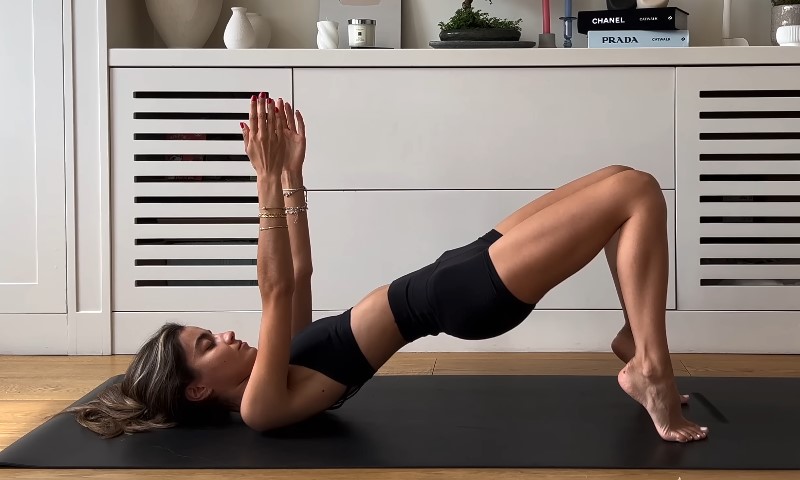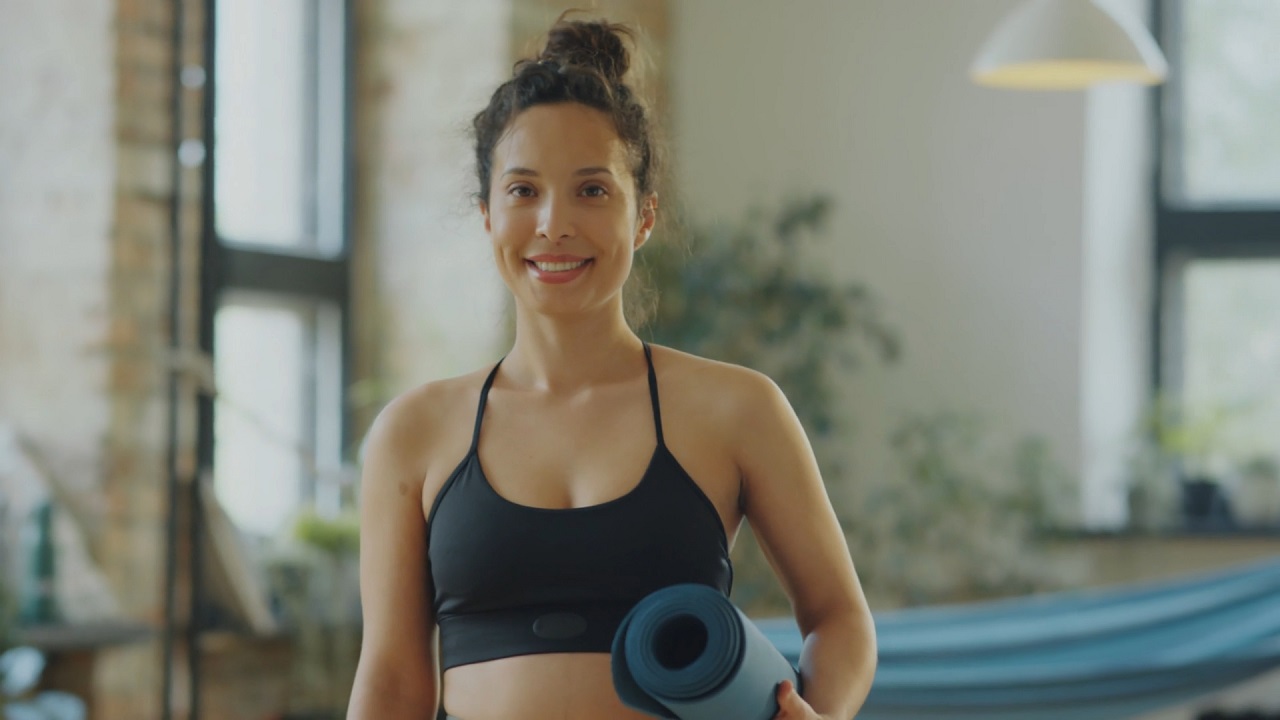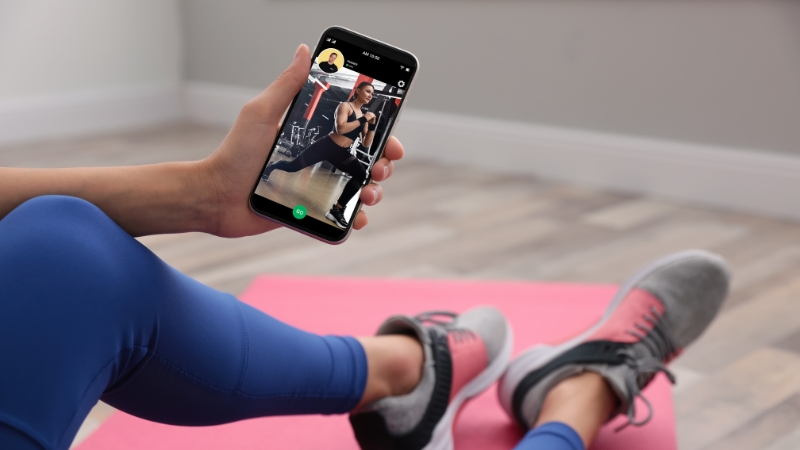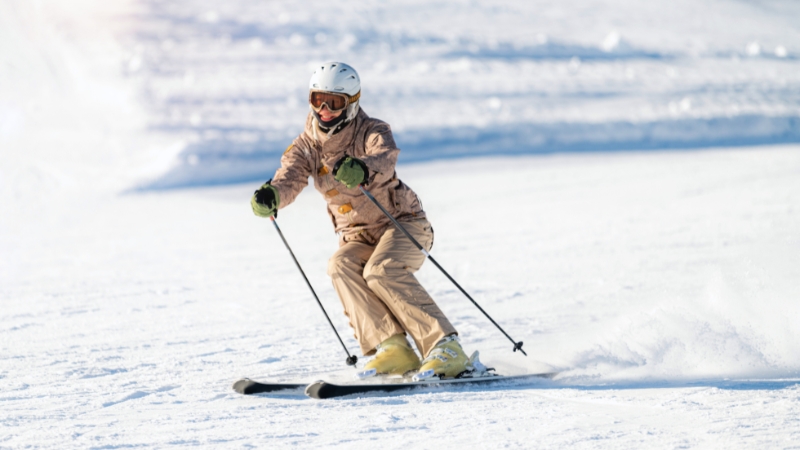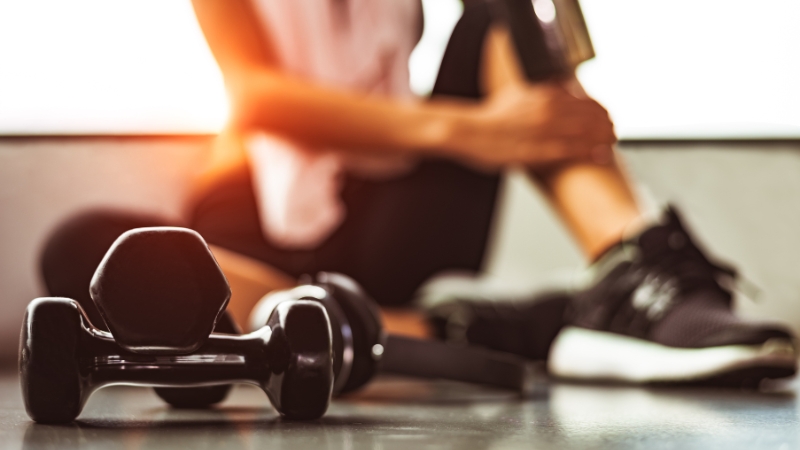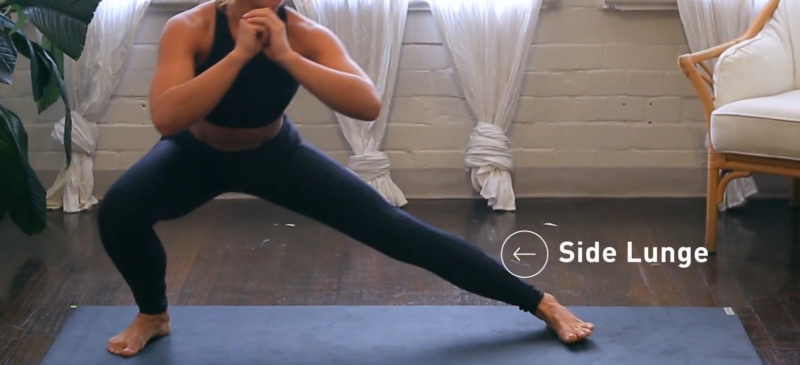
Share Post:
Side lunges are a fantastic exercise for targeting your glutes, thighs, and hips. They’re a go-to move for building lower body strength and improving flexibility. However, like any exercise, if not done correctly, these can lead to injury or simply not deliver the results you’re looking for.
To help you get the most out of this exercise, let’s break down the top 5 mistakes people make when performing it—and how to avoid them.
Table of Contents
ToggleMistake 1: Ignoring Proper Form
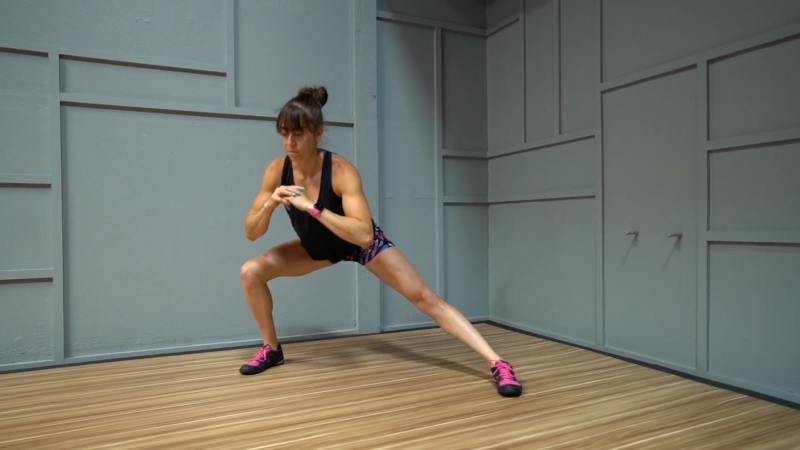
Without proper alignment, you’re not only wasting effort but also putting unnecessary strain on your joints, particularly the knees and hips. Poor form can also limit the effectiveness of the exercise, preventing you from fully engaging the muscles you’re trying to target.
Over time, consistently using incorrect form can lead to chronic issues, like knee pain or lower back discomfort, which can derail your fitness progress altogether.
What to Avoid
- Knees Over Toes: Many people let their knees extend past their toes during the lunge, which increases the risk of injury. This position places excessive stress on the knee joint, especially the patellar tendon, which can lead to discomfort or even more serious injuries over time. The farther your knee travels beyond your toes, the more pressure you’re putting on your knee rather than your glutes and quads, which should be doing most of the work.
- Rounded Back: Another common error is rounding the back instead of keeping the spine neutral. When your back is rounded, you’re not engaging your core effectively, which not only compromises your stability but also shifts the focus away from your legs and glutes. A rounded back can also lead to strain in your lower back muscles, which can be particularly problematic if you’re lifting weights during the exercise.
How to Fix It
Focus on sitting your hips back as if you’re lowering yourself into a chair. This ensures that your weight stays over your heels, which helps engage your glutes and hamstrings.
Keep your knee aligned with your ankle, and ensure your back stays straight by engaging your core. This alignment helps distribute the load evenly across your lower body, reducing the risk of injury. Your chest should be lifted, and your eyes looking forward, which not only helps maintain a neutral spine but also improves your overall posture during the movement.
Mistake 2: Not Engaging the Core
Side lunges aren’t just about your legs. Your core plays a crucial role in maintaining balance and stability during the movement. Ignoring your core can make the exercise less effective and increase the risk of falling out of position.
Without proper core engagement, you might find yourself leaning too far to one side, which can throw off your balance and make the lunge feel awkward and unsteady. A weak core also means that your lower back might start compensating for the lack of stability, which can lead to discomfort or injury over time.
How to Fix It
Before you start the lunge, draw your belly button in toward your spine to activate your core. This simple action helps create a solid foundation for the movement, allowing you to stay balanced and in control. Keep your abs tight throughout the entire movement to stay stable and controlled.
Mistake 3: Rushing the Movement
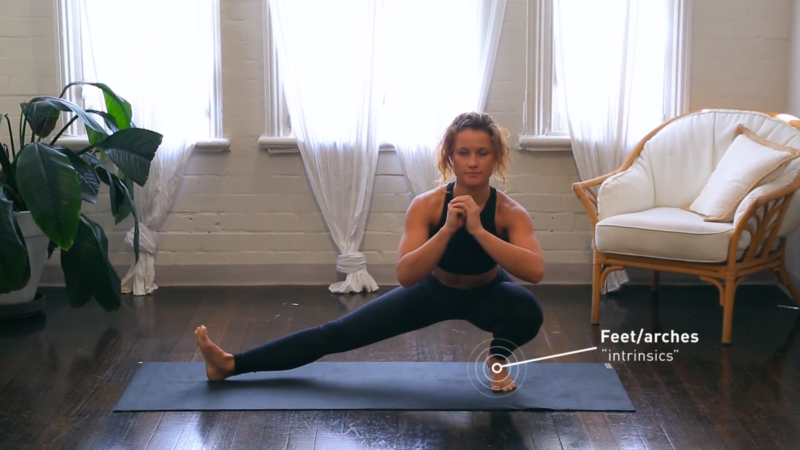
Side lunges require control, not speed. Many people rush through the exercise, thinking faster is better. However, this leads to sloppy form and reduced effectiveness. When you rush, you often sacrifice depth and precision, which are crucial for targeting the right muscles.
Additionally, moving too quickly through the lunge can increase the risk of losing your balance, especially if you’re not paying attention to your form. Rushed movements can also lead to improper breathing patterns, which can cause you to tire out faster and reduce your overall endurance.
Quick reps may make it feel like you’re getting more done, but in reality, you’re shortchanging yourself by not fully engaging the muscles you’re aiming to target. Without adequate time in each phase of the lunge, your muscles don’t get the chance to fully contract and extend, which diminishes the benefits of the exercise.
How to Do It Properly
Slow down. Focus on quality over quantity. Move deliberately, and take your time to complete each lunge with control. Pay attention to how your muscles feel during the movement, and adjust your speed accordingly. Aim for a smooth, steady pace, feeling the muscles engage throughout the entire range of motion.
Mistake 4: Uneven Weight Distribution
When performing side lunges, it’s important to ensure your weight is properly distributed. Many people make the mistake of letting their weight shift too far forward or backward, which can throw off your balance and strain your joints.
Leaning forward, for example, can place undue stress on your lower back, while leaning backward can reduce the activation of your glutes and quads.
Improper weight distribution can also cause you to lean too far in one direction, making it harder to maintain proper form. This not only decreases the effectiveness of the exercise but can also lead to strain on your knees, hips, or lower back. An uneven distribution of weight can also limit your range of motion, preventing you from getting the full benefit of the lunge.
- Keep your weight centered over your working leg.
- As you step out into the lunge, make sure the majority of your weight is on your heel, with your chest upright. This position helps to maintain balance and keeps the focus on your glutes and thighs.
Mistake 5: Neglecting the Non-Lunging Leg
In a side lunge, it’s easy to forget about the leg that isn’t stepping out. If you don’t engage the stationary leg, you lose balance and limit the effectiveness of the exercise.
An inactive leg means that your body isn’t fully stabilized, which can cause you to wobble or shift your weight incorrectly. This not only affects your form but also reduces the activation of the muscles in your stationary leg, leading to an unbalanced workout.
How to Fix It
Press into the ground with your stationary leg to help stabilize your body. This not only keeps you balanced, but also ensures that both legs are working together, providing a more comprehensive workout. Engaging your stationary leg helps distribute the effort more evenly between both legs, which enhances muscle activation and improves overall stability.
The Bottom Line
Side lunges can be a game-changer in your workout routine, but only if you do them right. Always keep in mind that it’s not about how fast you can do them or how many reps you can squeeze in—it’s about performing each lunge with precision and intention.
Related Posts:
- Top 8 Mistakes New Gym Owners Make and How to Avoid Each One
- 10 Common Mistakes to Avoid When Working Out After 50
- 8 Common Mistakes to Avoid on a Vegan Bodybuilding Plan
- Split Squats vs. Lunges - Which is Better for You?
- How to Avoid Injury When Starting a New Fitness…
- How to Lift Properly? Techniques to Avoid Back…



